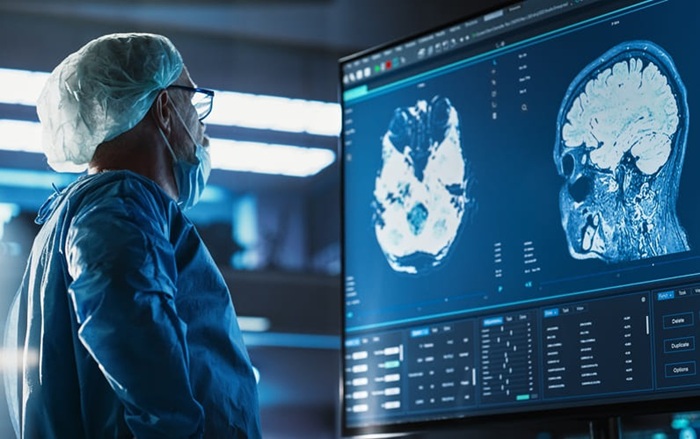New Generation of X-Ray Detectors Driving Growth of Global Medical X-Ray Detectors Market
|
By MedImaging International staff writers Posted on 18 Jun 2021 |
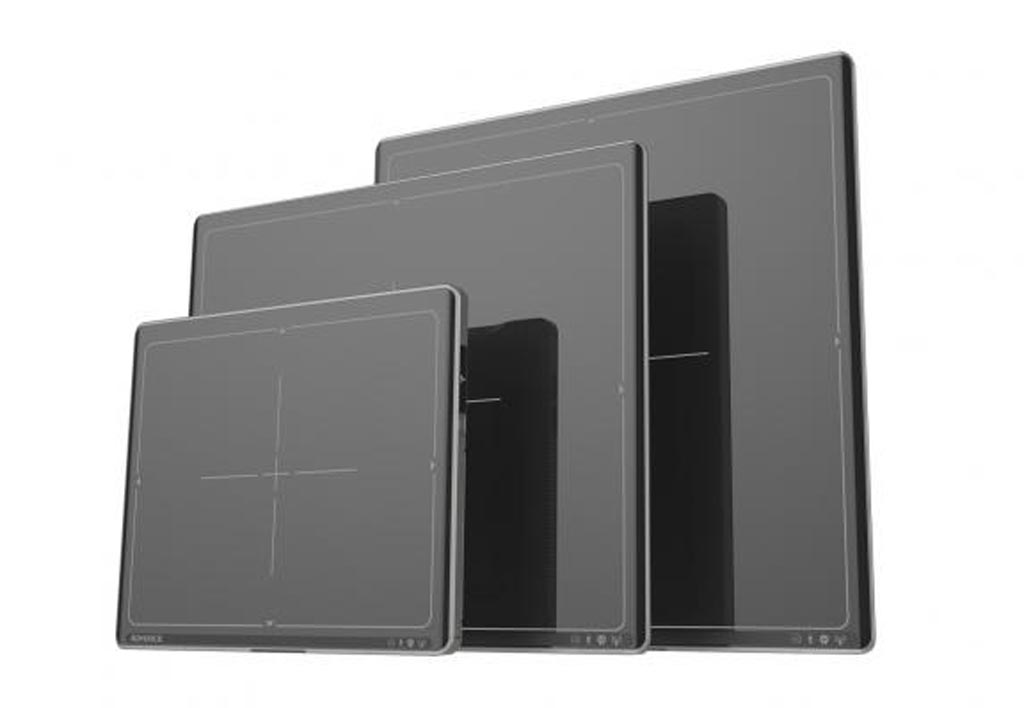
Illustration
The global medical X-ray detectors market was valued at USD 2.95 billion in 2020 and is projected to grow at a CAGR of 5.1% during the forecast period from 2021 to 2029, driven mainly by the new generation of X-ray detectors.
These are the latest findings of ResearchAndMarkets.com (Dublin, Ireland), a market research store.
The new generation of X-ray detectors equipped with large-area, flat-panel detectors with a combination of thin-film transistor are eligible for providing rapid access to digital images. Thus, such rapid technological evolution of digital radiography is expected to increase access among radiologists to abundant information on an extensive variety of large-area, and flat-panel electronic detectors. Researchers from the US China and Netherlands built highly sensitive X-ray detectors in 2016. This technology helps detectors to take X-ray images using reduced doses of ionizing radiation, thus leading to lower cancer risk among patients.
This innovation has forced many key players to develop extremely sensitive X-ray detectors that will reduce the radiation dose. X-ray photon energy is a vital part of X-ray detectors as X-ray absorption coefficients of the various elements of the system are majorly dependent on it. Thus, precisely developed X-ray photon energy with the novel technology would increase penetration capabilities. With the help of this technology, the complete scheme of source, object and detector could be reviewed in the near future, and enhance the spectrum and detector specifically to the nature and composition of the target under investigation.
In 2020, the flat panel X-ray detectors segment held the highest share of the global medical X-ray detectors market due to their high sensitivity, greater speed than other X-ray detectors, reduced image distortion as compared to X-ray image intensifiers, increasing prevalence of chronic diseases, and greater awareness of early disease diagnosis. However, the computed radiography (CR) detectors segment is expected to record the fastest growth during the forecast period due to increasing adoption of X-ray technology, and rising penetration of the latest technologies in the developing and underdeveloped countries.
Geographically, North America was the world’s largest market for medical X-ray detectors in 2020 due to the increasing prevalence of chronic diseases & injuries, developed diagnostic infrastructure, continued developments in the field of X-ray detectors technology, and early adoption of the latest technologies in the region. However, Asia Pacific is expected to be the world’s fastest growing market for medical X-ray detectors during the forecast period due to the rising population in India and China, developing healthcare infrastructure and skilled healthcare professionals that will aid the overall growth of the treatment & diagnostic devices market of this region. Additionally, increasing industrialization in Asia Pacific expected to enhance the overall growth of the medical X-ray detectors market by making the technology more accessible to the untapped markets in the region.
Related Links:
ResearchAndMarkets.com
These are the latest findings of ResearchAndMarkets.com (Dublin, Ireland), a market research store.
The new generation of X-ray detectors equipped with large-area, flat-panel detectors with a combination of thin-film transistor are eligible for providing rapid access to digital images. Thus, such rapid technological evolution of digital radiography is expected to increase access among radiologists to abundant information on an extensive variety of large-area, and flat-panel electronic detectors. Researchers from the US China and Netherlands built highly sensitive X-ray detectors in 2016. This technology helps detectors to take X-ray images using reduced doses of ionizing radiation, thus leading to lower cancer risk among patients.
This innovation has forced many key players to develop extremely sensitive X-ray detectors that will reduce the radiation dose. X-ray photon energy is a vital part of X-ray detectors as X-ray absorption coefficients of the various elements of the system are majorly dependent on it. Thus, precisely developed X-ray photon energy with the novel technology would increase penetration capabilities. With the help of this technology, the complete scheme of source, object and detector could be reviewed in the near future, and enhance the spectrum and detector specifically to the nature and composition of the target under investigation.
In 2020, the flat panel X-ray detectors segment held the highest share of the global medical X-ray detectors market due to their high sensitivity, greater speed than other X-ray detectors, reduced image distortion as compared to X-ray image intensifiers, increasing prevalence of chronic diseases, and greater awareness of early disease diagnosis. However, the computed radiography (CR) detectors segment is expected to record the fastest growth during the forecast period due to increasing adoption of X-ray technology, and rising penetration of the latest technologies in the developing and underdeveloped countries.
Geographically, North America was the world’s largest market for medical X-ray detectors in 2020 due to the increasing prevalence of chronic diseases & injuries, developed diagnostic infrastructure, continued developments in the field of X-ray detectors technology, and early adoption of the latest technologies in the region. However, Asia Pacific is expected to be the world’s fastest growing market for medical X-ray detectors during the forecast period due to the rising population in India and China, developing healthcare infrastructure and skilled healthcare professionals that will aid the overall growth of the treatment & diagnostic devices market of this region. Additionally, increasing industrialization in Asia Pacific expected to enhance the overall growth of the medical X-ray detectors market by making the technology more accessible to the untapped markets in the region.
Related Links:
ResearchAndMarkets.com
Latest Radiography News
- Routine Mammograms Could Predict Future Cardiovascular Disease in Women
- AI Detects Early Signs of Aging from Chest X-Rays
- X-Ray Breakthrough Captures Three Image-Contrast Types in Single Shot
- AI Generates Future Knee X-Rays to Predict Osteoarthritis Progression Risk
- AI Algorithm Uses Mammograms to Accurately Predict Cardiovascular Risk in Women
- AI Hybrid Strategy Improves Mammogram Interpretation
- AI Technology Predicts Personalized Five-Year Risk of Developing Breast Cancer
- RSNA AI Challenge Models Can Independently Interpret Mammograms
- New Technique Combines X-Ray Imaging and Radar for Safer Cancer Diagnosis
- New AI Tool Helps Doctors Read Chest X‑Rays Better
- Wearable X-Ray Imaging Detecting Fabric to Provide On-The-Go Diagnostic Scanning
- AI Helps Radiologists Spot More Lesions in Mammograms
- AI Detects Fatty Liver Disease from Chest X-Rays
- AI Detects Hidden Heart Disease in Existing CT Chest Scans
- Ultra-Lightweight AI Model Runs Without GPU to Break Barriers in Lung Cancer Diagnosis
- AI Radiology Tool Identifies Life-Threatening Conditions in Milliseconds

Channels
Radiography
view channel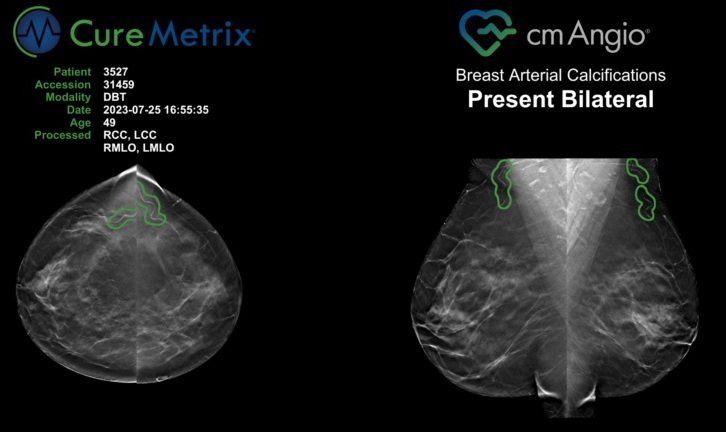
Routine Mammograms Could Predict Future Cardiovascular Disease in Women
Mammograms are widely used to screen for breast cancer, but they may also contain overlooked clues about cardiovascular health. Calcium deposits in the arteries of the breast signal stiffening blood vessels,... Read more
AI Detects Early Signs of Aging from Chest X-Rays
Chronological age does not always reflect how fast the body is truly aging, and current biological age tests often rely on DNA-based markers that may miss early organ-level decline. Detecting subtle, age-related... Read moreMRI
view channel
Novel Imaging Approach to Improve Treatment for Spinal Cord Injuries
Vascular dysfunction in the spinal cord contributes to multiple neurological conditions, including traumatic injuries and degenerative cervical myelopathy, where reduced blood flow can lead to progressive... Read more
AI-Assisted Model Enhances MRI Heart Scans
A cardiac MRI can reveal critical information about the heart’s function and any abnormalities, but traditional scans take 30 to 90 minutes and often suffer from poor image quality due to patient movement.... Read more
AI Model Outperforms Doctors at Identifying Patients Most At-Risk of Cardiac Arrest
Hypertrophic cardiomyopathy is one of the most common inherited heart conditions and a leading cause of sudden cardiac death in young individuals and athletes. While many patients live normal lives, some... Read moreUltrasound
view channel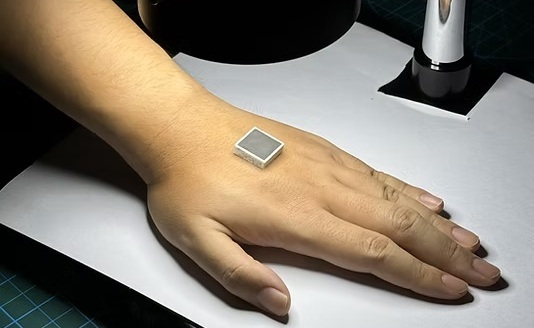
Wearable Ultrasound Imaging System to Enable Real-Time Disease Monitoring
Chronic conditions such as hypertension and heart failure require close monitoring, yet today’s ultrasound imaging is largely confined to hospitals and short, episodic scans. This reactive model limits... Read more
Ultrasound Technique Visualizes Deep Blood Vessels in 3D Without Contrast Agents
Producing clear 3D images of deep blood vessels has long been difficult without relying on contrast agents, CT scans, or MRI. Standard ultrasound typically provides only 2D cross-sections, limiting clinicians’... Read moreNuclear Medicine
view channel
PET Imaging of Inflammation Predicts Recovery and Guides Therapy After Heart Attack
Acute myocardial infarction can trigger lasting heart damage, yet clinicians still lack reliable tools to identify which patients will regain function and which may develop heart failure.... Read more
Radiotheranostic Approach Detects, Kills and Reprograms Aggressive Cancers
Aggressive cancers such as osteosarcoma and glioblastoma often resist standard therapies, thrive in hostile tumor environments, and recur despite surgery, radiation, or chemotherapy. These tumors also... Read more
New Imaging Solution Improves Survival for Patients with Recurring Prostate Cancer
Detecting recurrent prostate cancer remains one of the most difficult challenges in oncology, as standard imaging methods such as bone scans and CT scans often fail to accurately locate small or early-stage tumors.... Read moreGeneral/Advanced Imaging
view channel
AI-Based Tool Accelerates Detection of Kidney Cancer
Diagnosing kidney cancer depends on computed tomography scans, often using contrast agents to reveal abnormalities in kidney structure. Tumors are not always searched for deliberately, as many scans are... Read more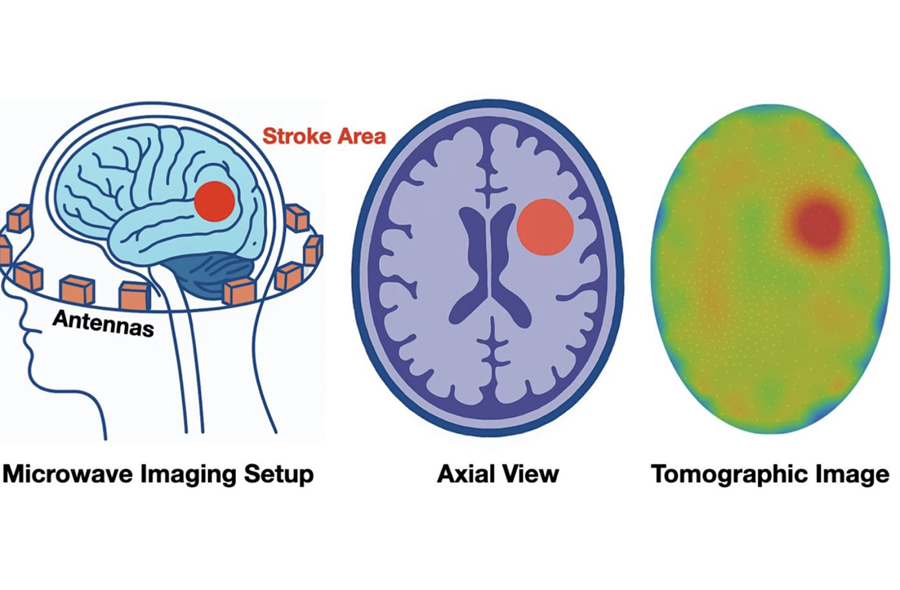
New Algorithm Dramatically Speeds Up Stroke Detection Scans
When patients arrive at emergency rooms with stroke symptoms, clinicians must rapidly determine whether the cause is a blood clot or a brain bleed, as treatment decisions depend on this distinction.... Read moreImaging IT
view channel
New Google Cloud Medical Imaging Suite Makes Imaging Healthcare Data More Accessible
Medical imaging is a critical tool used to diagnose patients, and there are billions of medical images scanned globally each year. Imaging data accounts for about 90% of all healthcare data1 and, until... Read more


















